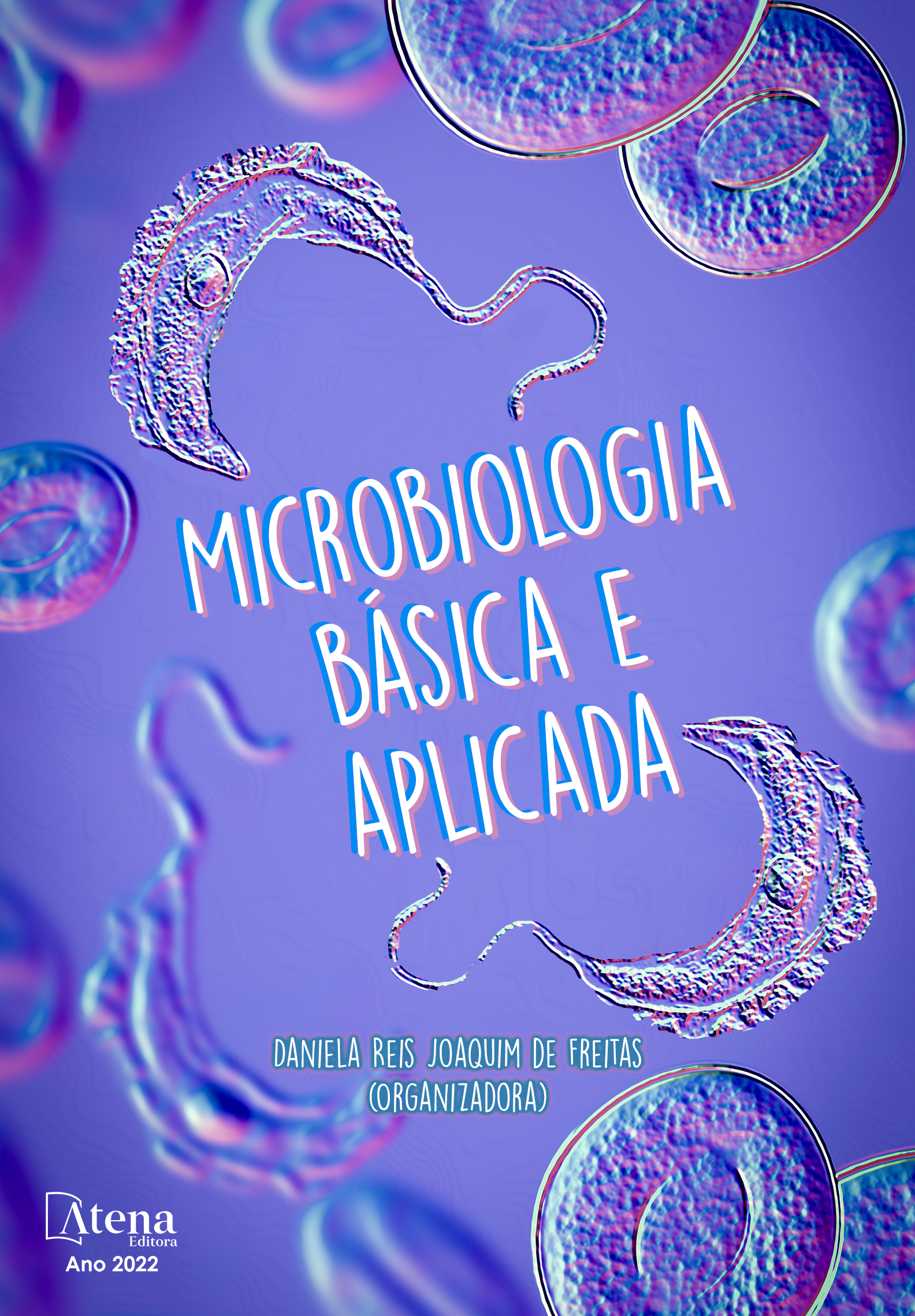
ANÁLISE DA SOBREVIVÊNCIA DE LARVAS E PUPAS DE CALLIPHORIDAE (DIPTERA) PÓS-ENTERRAMENTO: UMA REVISÃO DA LITERATURA E ESTUDO EXPERIMENTAL SOB A LUZ DA ENTOMOLOGIA FORENSE
As ciências forenses são um campo de estudo focado na resolução de crimes. Uma de suas subdivisões é a entomologia forense, responsável por estudar insetos que façam parte das evidências em casos legais. Neste trabalho, objetivou-se avaliar a influência do processo de enterramento pupal em três substratos (serragem, areia e terra) sobre a taxa de sobrevivência de dípteros da família Calliphoridae, bem como, analisar a produção científica publicada, evidenciando a relevância desta pesquisa para a entomologia forense. A revisão bibliográfica foi feita a partir de busca sistemática na base de dados CAPES, empregou-se palavras-chave como: “entomologia forense, enterramento de larvas e pupas, profundidade de enterramento” para a obtenção de artigos sobre a temática onde 36 artigos foram selecionados. Durante a etapa experimental, para Chrysomya putoria (Wiedemann, 1830), foram testadas as profundidades de enterramento de três, seis e nove centímetros, para todos os substratos selecionados (serragem, areia e terra) e de quinze centímetros para terra e areia. Em Chrysomya megacephala (Fabricius, 1794), foram testadas as profundidades de três, seis, nove, quinze e vinte centímetros em serragem e três, quinze e vinte centímetros em terra e areia. As taxas de viabilidades para C. putoria em todos os substratos estudados e em todas as profundidades atingiram índices superiores a 86%. As viabilidades apresentadas por C. megacephala quando em serragem a três, seis, nove, quinze e vinte centímetros foram 99%, 99%, 100%, 97% e 73%, respectivamente. Considerando as altas taxas de emergência dos indivíduos, entende-se que os substratos e profundidades analisadas não influenciaram as taxas de sobrevivência pupal de C. putoria ou C. megacephala, com exceção do experimento em serragem a vinte centímetros.
ANÁLISE DA SOBREVIVÊNCIA DE LARVAS E PUPAS DE CALLIPHORIDAE (DIPTERA) PÓS-ENTERRAMENTO: UMA REVISÃO DA LITERATURA E ESTUDO EXPERIMENTAL SOB A LUZ DA ENTOMOLOGIA FORENSE
-
DOI: 10.22533/at.ed.5372218024
-
Palavras-chave: Intervalo Pós-Morte, Mosca-varejeira, Profundidade de enterramento, Viabilidade pupal
-
Keywords: Post-mortem interval, Blowfly, Depth of burial, Pupal viability
-
Abstract:
Forensic science is a field of study focused on solving crimes. One of its subdivisions is Forensic Entomology, responsible for studying insects that are part of the evidence in legal cases. In this paper, we aimed to evaluate the influence of the pupal burial process in three substrates (sawdust, sand and soil) on the survival rate of diptera of the Calliphoridae family, as well as to analyze the published scientific production, highlighting the relevance of this research for forensic entomology. The literature review was based on a systematic search in the CAPES database, using keywords such as: "forensic entomology, burial of larvae and pupae, burial depth" to obtain articles on the subject, from which 36 articles were selected. During the experimental stage, for Chrysomya putoria (Wiedemann, 1830), burial depths of three, six and nine centimeters were tested for all selected substrates (sawdust, sand and soil) and fifteen centimeters for soil and sand. For Chrysomya megacephala (Fabricius, 1794), burial depths of three, six, nine, fifteen and twenty centimeters were tested in sawdust and three, fifteen and twenty centimeters in soil and sand. The viability rates for C. putoria in all substrates studied and at all depths were higher than 86%. The viability rates for C. megacephala in sawdust at three, six, nine, fifteen and twenty centimeters were 99%, 99%, 100%, 97% and 73%, respectively. Considering the high emergence rates of individuals, it is understood that the substrates and depths analyzed did not influence the pupal survival rates of C. putoria or C. megacephala, with the exception of the experiment in sawdust at twenty centimeters
-
Número de páginas: 15
- Jéssica da Silva Costa
- Adriana Leal de Figueiredo
- Valéria Magalhães Aguiar
- Cláudia Soares Santos Lessa
- Wellington Thadeu de Alcantara Azevedo


